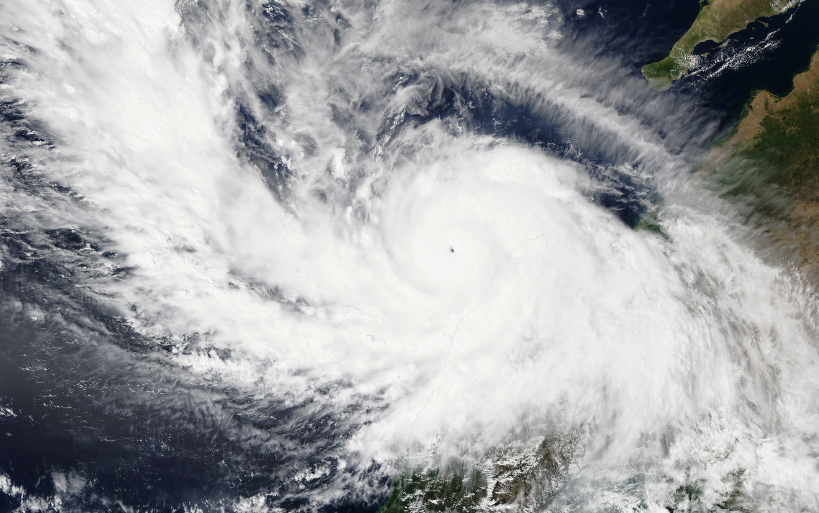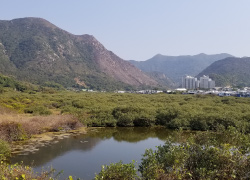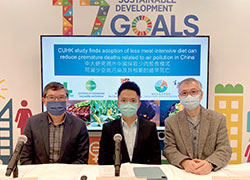

Advancing Air Quality, Food Security and
Human Health under Global Climate Change
Human Health under Global Climate Change
- Atmospheric Circulations Associated With Extreme Precipitation Over the Yangtze River Valley During the 2020 Meiyu Season
- How Intense Will Future Tropical Cyclone Impacts Become Due to Global Warming?
- Sustainable Farming Practices as a Means to Resolve the Worsening Food Crisis and Air Pollution Problem
- Harnessing Nature-based Solutions for Ameliorating the Impact of Global Environmental Change
- Transboundary Air Pollution and Health Impacts
- Adverse Effects of Environmental Contaminants on Human Health
|
Home / Project Highlights / Weather Dynamics / How Intense Will Future Tropical Cyclone Impacts Become Due to Global Warming?
|
|
How Intense Will Future Tropical Cyclone Impacts Become Due to Global Warming?
|

| According to the Intergovernmental Panel of Climate Change (IPCC) Fifth Assessment Report (AR5), tropical cyclones (TC) are projected to become stronger worldwide as the oceans get warmer in the future. Storm intensification, however, depends on a variety of atmospheric factors, and the regional response needs further studies. |
| Professor Francis Tam’s group, in collaboration with the Hong Kong Observatory (HKO), used computer models to quantify how global warming changes TCs and induced storm surges affecting the Pearl River Delta area. Their study indicates that the life-time peak intensity of storms will increase on average by about 10% near the end of this century and according to the representative concentration pathway (RCP) 8.5. The increment in induced surge heights over the Hong Kong waters will be similar compared to their present-day values. |

|
What’s New?
|
|




